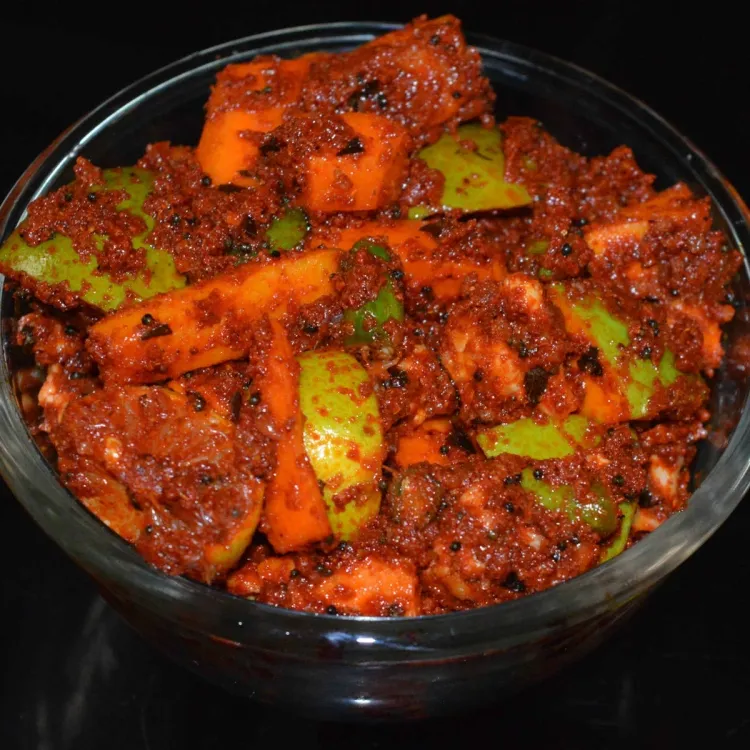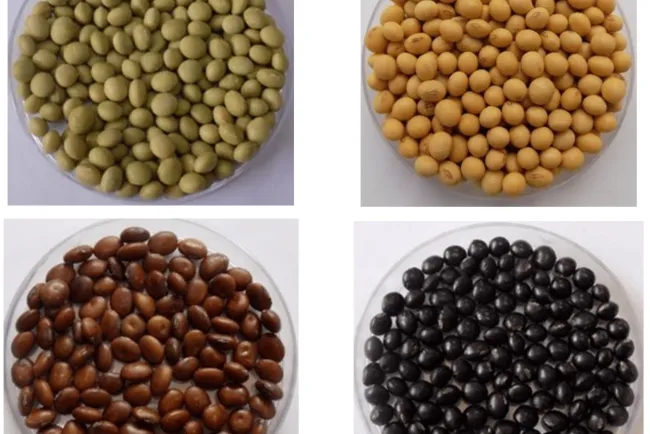The Joyful Realm of Vegetable Pickles...!!!
Vegetable pickles represent a delightful blend of science and art, turning simple vegetables into flavorful, preserved delicacies. Whether fermented or vinegar-based, pickles offer a spectrum of flavors and textures to enrich any meal.

Vegetable pickles are a tangy, savory, and occasionally sweet treat treasured by cultures and generations alike. These culinary delights not only serve as delicious condiments but also as a method of preserving the bounty of harvests. The intriguing process of pickling transforms ordinary vegetables into extraordinary bites, brimming with flavor and offering both culinary and nutritional benefits.
The Craft and Science of Pickling
Pickling is fundamentally a way of preserving food by submerging it in a solution that prevents spoilage and fermentation. There are two main types of pickling: fermentation pickling and vinegar pickling.
-
Fermentation pickling: This method relies on the natural bacteria on vegetables to convert sugars into lactic acid. This process creates an environment that inhibits the growth of harmful bacteria while enhancing the flavor and nutritional value of the vegetables. Classic examples of fermented vegetable pickles include traditional sauerkraut and kimchi.
-
Vinegar pickling: This method involves soaking vegetables in a solution of vinegar, water, and various seasonings. The acidity of the vinegar preserves the vegetables and imparts a tangy flavor. This technique is faster than fermentation and is commonly used for pickling cucumbers, carrots, and onions.
Varieties of Vegetable Pickles
The array of vegetables that can be pickled is almost endless, but some popular choices include:
-
Cucumbers: Perhaps the most iconic pickled vegetable, cucumbers can be turned into crunchy dill pickles, sweet bread-and-butter pickles, or spicy pickles.
-
Carrots: Pickled carrots retain their crunch and can be flavored with spices like ginger, garlic, and chili for a zesty touch.
-
Cabbage: Fermented cabbage produces both sauerkraut and kimchi, each offering unique flavors and textures.
-
Radishes: Pickled radishes add a burst of color and a peppery bite to salads and sandwiches.
-
Beets: Their natural sweetness makes beets a unique and colorful pickling option.
-
Cauliflower: Often found in mixed vegetable pickles, cauliflower florets absorb the pickling brine beautifully.

The Pickling Procedure
Though the specifics can vary, the general process for pickling vegetables usually includes:
-
Preparation: Wash and cut the vegetables into the desired shapes and sizes.
-
Brining: For some recipes, especially fermented pickles, vegetables are first soaked in a saltwater brine to draw out excess moisture and promote fermentation.
-
Seasoning: Spices and aromatics such as dill, garlic, mustard seeds, and bay leaves are added to enhance flavor.
-
Pickling Solution: For vinegar pickles, a solution of vinegar, water, and sugar (if desired) is brought to a boil and then poured over the vegetables.
-
Sealing: The vegetables and pickling solution are packed into sterilized jars and sealed.
-
Aging: The pickles are allowed to sit for a certain period, ranging from a few days to several weeks, depending on the recipe, allowing the flavors to meld and develop.
Nutritional Perks
Vegetable pickles aren't just tasty; they offer numerous health benefits:
-
Probiotics: Fermented pickles contain beneficial bacteria that promote gut health and improve digestion.
-
Nutrient Retention: The pickling process helps preserve the vitamins and minerals present in vegetables, making them a nutritious addition to meals.
-
Low Calorie: Most pickles are low in calories, making them a healthy snack option.
-
Antioxidants: Many pickled vegetables retain their antioxidant properties, helping combat oxidative stress in the body.
Culinary Applications
Vegetable pickles can enhance a wide array of dishes with their vibrant flavors and textures:
-
Sandwiches and Burgers: Pickles add a satisfying crunch and tang.
-
Salads: Pickled vegetables can be mixed into salads for an extra layer of flavor.
-
Side Dishes: Pickles can be served as side dishes to complement main courses, especially rich or fatty foods.
-
Garnishes: Use pickled vegetables as garnishes for cocktails, charcuterie boards, and appetizers.
Vegetable pickles represent a delightful blend of science and art, turning simple vegetables into flavorful, preserved delicacies. Whether fermented or vinegar-based, pickles offer a spectrum of flavors and textures to enrich any meal. They are not only delectable but also nutritious, providing probiotics, vitamins, and antioxidants. So, next time you savor a tangy pickle, remember the rich history and meticulous process behind this beloved culinary treasure.
What's Your Reaction?

















